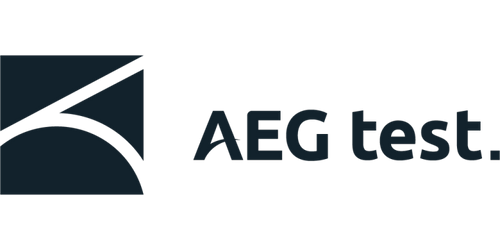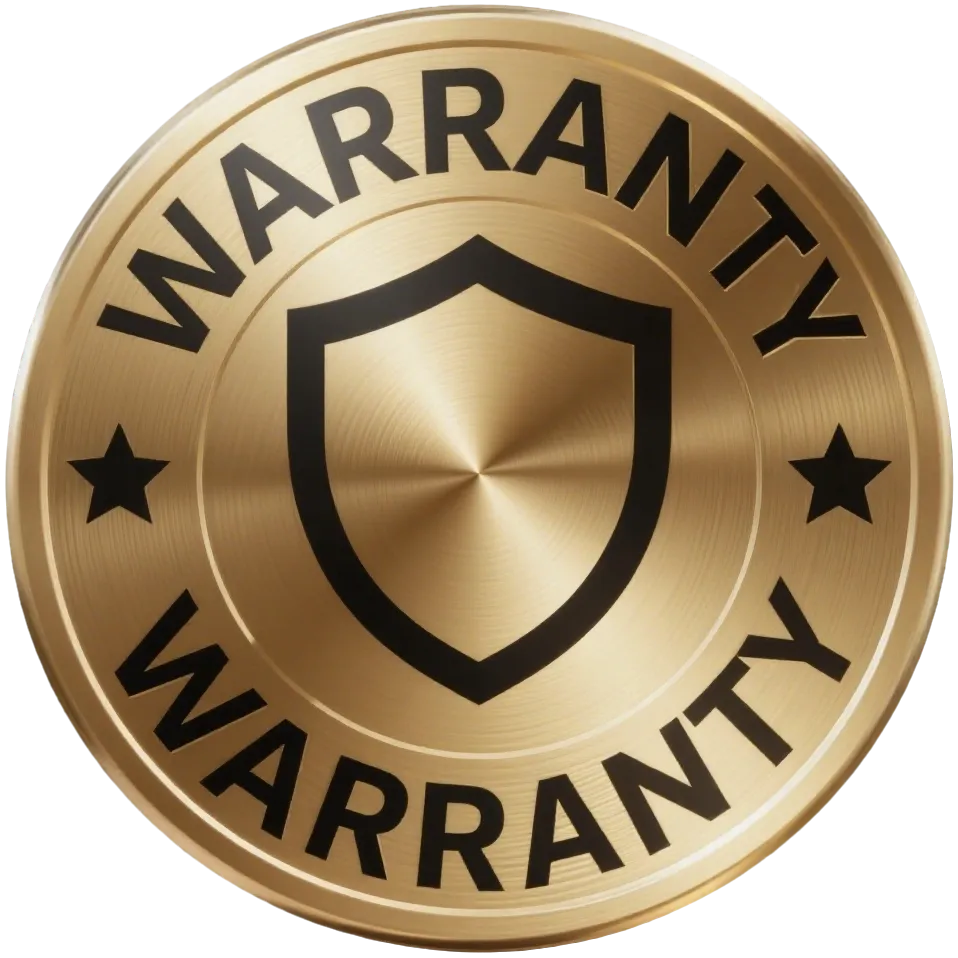Imagine a silent killer infiltrating your home—undetectable by sight, smell, or sound. It’s not a plot from a dystopian movie. It’s a real and present danger: radon gas, a radioactive element that, according to the International Atomic Energy Agency (IAEA), contributes to tens of thousands of lung cancer deaths each year.
Yet shockingly, over 90% of households globally have never tested for radon, based on recent environmental health surveys. This widespread inaction reveals a deadly blind spot in public health awareness—one that puts millions of families at unnecessary risk.
This blog post dives deep into the radon awareness gap, explores the social, psychological, and institutional reasons behind it, and offers practical solutions—including how using the AEGTESTSHOP Radon Detector can bridge the knowledge-to-action divide.
What Is Radon—and Why Should You Care?
Radon is a radioactive noble gas formed naturally by the decay of uranium in soil, rock, and water. It enters homes through:
-
Cracks in foundations
-
Gaps in floors and walls
-
Openings around pipes and cables
-
Well water in some rural areas
Because radon is colorless, odorless, and tasteless, it often goes completely unnoticed—until it’s too late. The IAEA and World Health Organization estimate that between 3% and 14% of all lung cancer cases worldwide are caused by radon exposure. In the United States alone, the EPA attributes about 21,000 lung cancer deaths annually to radon.
Despite this danger, few households take action. Why?
The 90% Gap: Alarming Lack of Testing
Multiple studies across North America, Europe, and parts of Asia show that less than 10% of households have ever tested for radon. In high-risk regions like central Europe and parts of North America, this number is particularly troubling.
According to a 2023 IAEA-supported survey across 12 countries:
-
Only 8.6% of homeowners knew their radon levels.
-
68% had never heard of radon testing.
-
54% mistakenly believed radon risk was only industrial or rural.
These numbers are not just statistics. They are a public health alarm.
The Deadly Blind Spot: Why Don’t People Test?
Let’s examine the societal and psychological reasons for this widespread neglect:
1. Invisible Risk = Low Perceived Threat
Radon is undetectable without specialized instruments. Unlike smoke, mold, or CO₂, it doesn’t trigger immediate symptoms. Psychologists call this the "perception paradox"—people are less likely to act on risks they can’t see or feel.
“If it doesn’t smell, sting, or trigger an alarm, it doesn’t seem dangerous.” — Environmental Psychology Review, 2022
2. Public Health Messaging Gaps
Radon simply isn’t discussed enough. Most public health campaigns focus on smoking, obesity, or water pollution—not radioactive gas. As a result, even well-educated homeowners are unaware that radon testing should be part of their safety checklist.
3. Government Inconsistency
There is a patchwork of radon regulations worldwide. Some countries mandate testing during home sales; others do nothing at all. Even within nations, radon awareness can vary drastically between urban and rural regions.
4. Assumption That New Homes Are Safe
Many people falsely assume that modern buildings are radon-proof. In fact, tightly sealed energy-efficient homes can trap radon more effectively, making the problem worse if proper ventilation isn’t maintained.
5. Fear of What the Test Might Reveal
For some, there’s a psychological hurdle:
“What if I test and find high levels—will I have to move?”
This fear leads to avoidance and denial, leaving families exposed for years.
Breaking the Cycle with AEGTESTSHOP Radon Detector
So how do we close the awareness gap and turn knowledge into action?
The answer lies in making testing easier, cheaper, and more approachable. That’s where the AEGTESTSHOP Radon Detector comes in.
This compact, high-precision device is designed for everyday families—not scientists or engineers. It makes radon detection as simple as checking the temperature.
🔍 Key Features:
-
Quick 1-hour detection for initial readings
-
Continuous monitoring with trend graphs
-
Customizable alert thresholds for safety
-
Clear LED display of current and historical radon levels
-
No lab fees or mail-in processing
🏠 Real-World Impact:
Imagine placing the AEGTESTSHOP detector in your child’s bedroom or basement. Within hours, you get actionable data. If levels are high, you can install mitigation or increase ventilation—before any harm is done.
The Cost of Inaction: Economic and Human Toll
Let’s talk numbers. According to the IAEA and related national health agencies:
-
Every $1 spent on radon testing or mitigation can save up to $3 in future medical costs.
-
Radon-induced lung cancer patients often face treatment costs exceeding $100,000 per case.
-
Non-smokers exposed to radon can still develop aggressive cancers, often diagnosed late due to misattributed symptoms.
In other words: Testing isn’t just preventative—it’s economical.
Radon Risk Isn't Uniform—but It Is Everywhere
Many assume radon is only a problem in certain “hot spots.” While it’s true that areas with high granite content (like the Appalachians or parts of Sweden) show elevated levels, every home has some risk.
Urban condos, suburban homes, rural cabins—all can accumulate radon, depending on geology and airflow. Even two homes next door to each other can show wildly different radon levels.
That’s why the IAEA and WHO recommend individualized testing for every household.
What Can Governments and Communities Do?
1. Mandate Radon Testing at Home Sale or Rental
Just as smoke detectors are legally required, radon testing should be part of building codes—especially in high-risk areas.
2. Integrate Radon Education into School Curricula
Teaching children about environmental risks like radon ensures future generations will be better informed and proactive.
3. Subsidize Radon Detectors for Low-Income Families
Tools like the AEGTESTSHOP Radon Detector are relatively affordable, but cost can still be a barrier. Providing government rebates or vouchers would close that gap.
4. Launch National Awareness Campaigns
Health ministries should run multi-platform campaigns to demystify radon. Social media, radio, even influencer partnerships can help normalize testing.
Busting Common Radon Myths
Let’s address a few misconceptions:

Testimonials from Real Users of the AEGTESTSHOP Detector
“We tested our 10-year-old home out of curiosity. The AEGTESTSHOP device showed our basement levels were twice the safe limit. We’d never have known otherwise.”
— Maria L., Colorado
“Simple setup, clear readings, no subscription. The peace of mind it gives me is priceless.”
— Thomas J., Germany
Simple Steps You Can Take Today
-
Buy a radon detector—preferably a reliable, long-term model like the AEGTESTSHOP unit.
-
Test each floor, especially basements and bedrooms.
-
Record levels over time, especially during winter when windows are closed.
-
Mitigate if levels exceed 100 Bq/m³ (or 4 pCi/L)—the WHO recommended action level.
-
Retest annually or after renovations, floods, or structural changes.
Conclusion: Awareness Saves Lives
The radon awareness crisis is not one of science—it’s one of silence.
We have the knowledge. We have the tools. But without widespread testing and proactive education, the danger remains hidden—lurking beneath our floors and behind our walls.
You don’t need to be a scientist to protect your family. With the AEGTESTSHOP Radon Detector, you can take control of your environment, your health, and your peace of mind.
Because the most dangerous threats are the ones you never knew were there.







